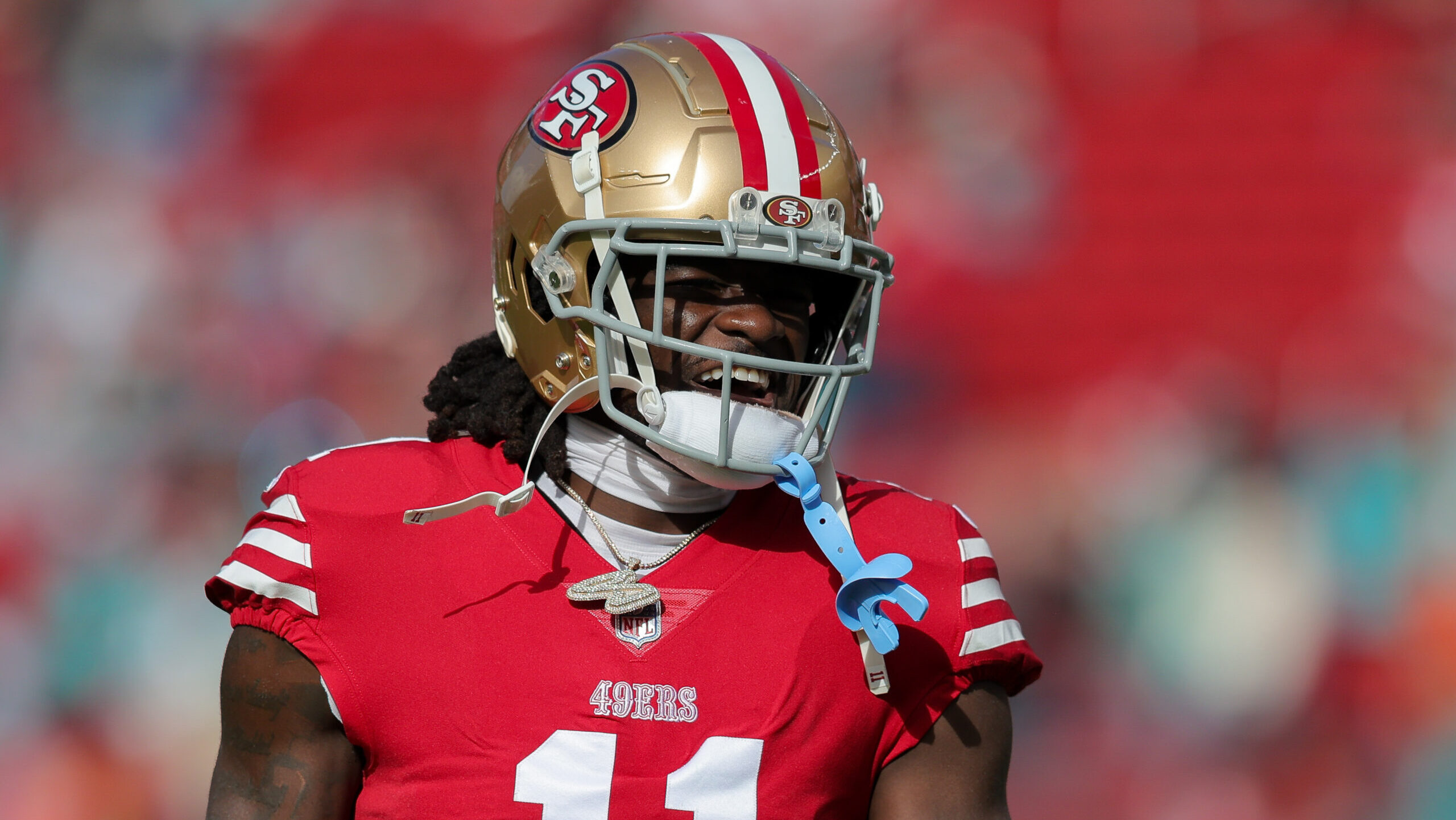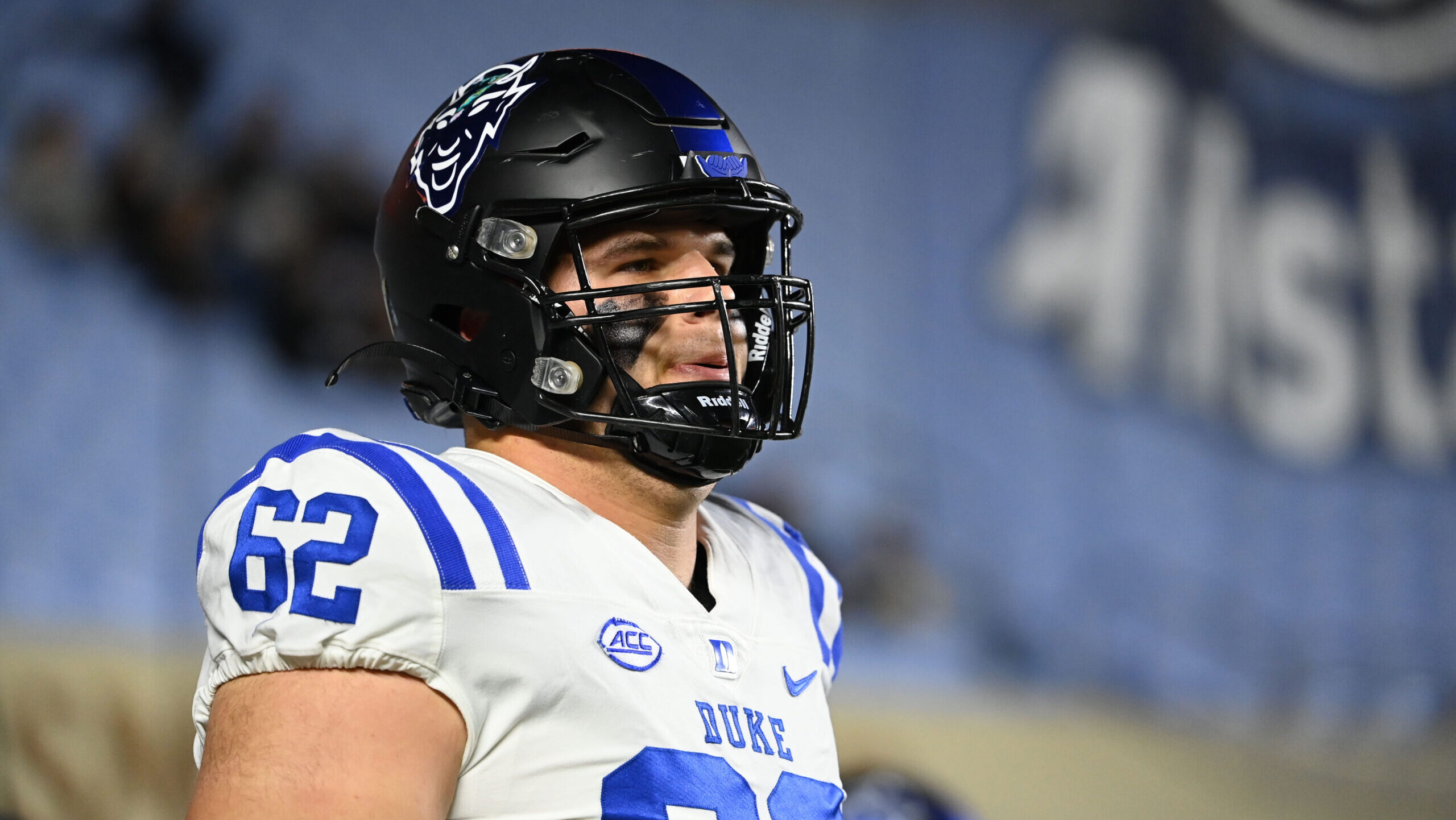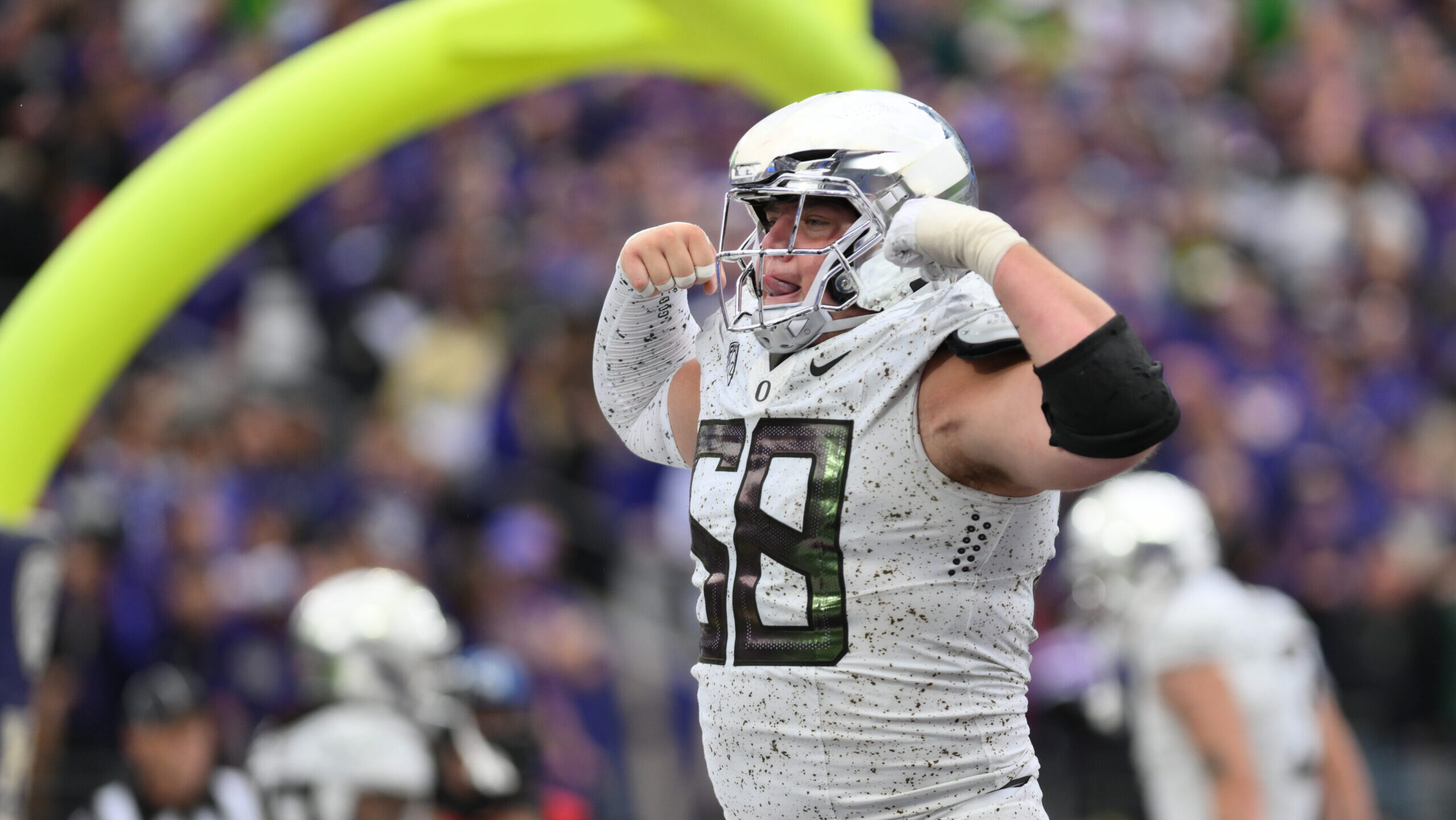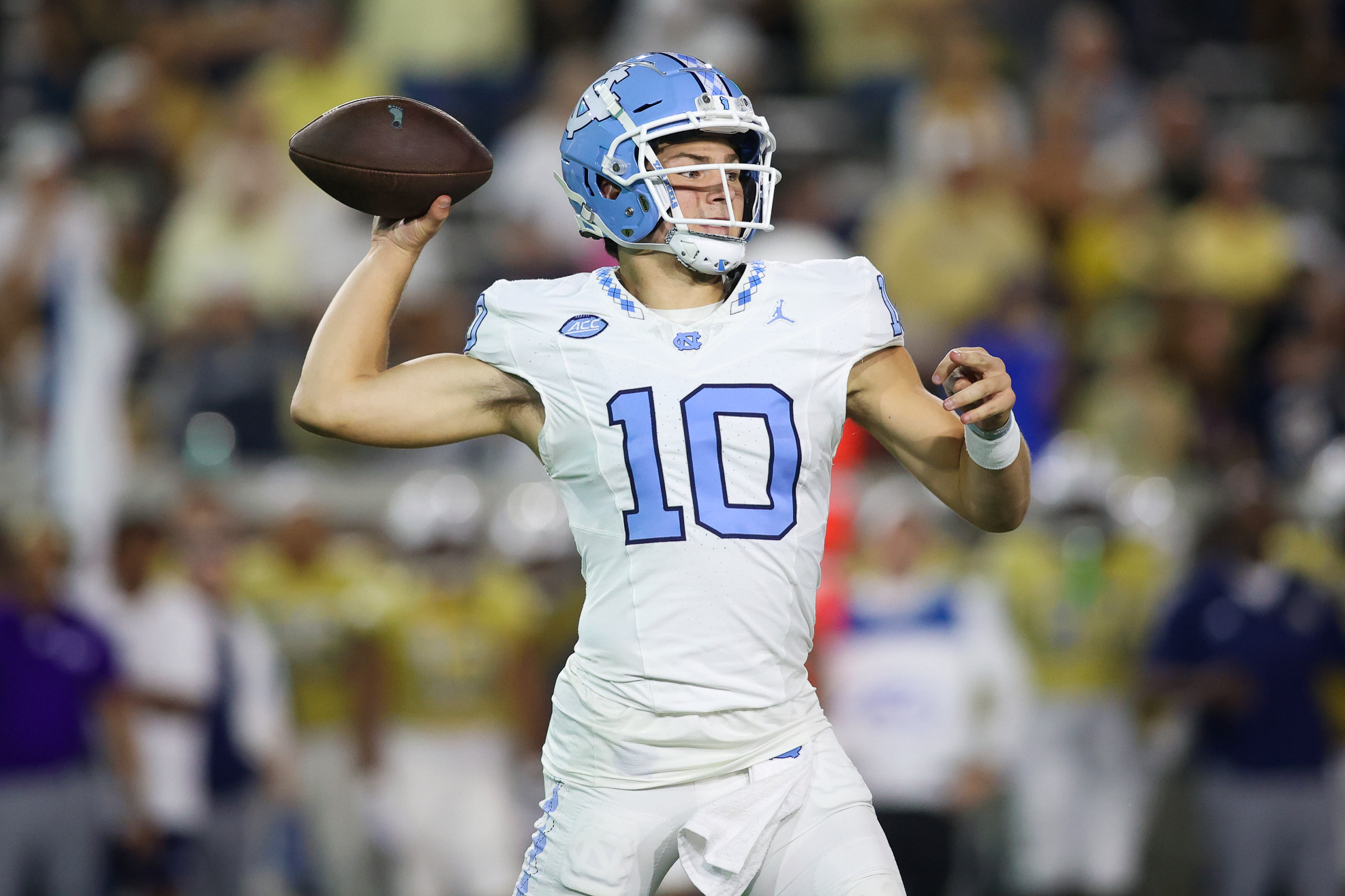Analysis
10/5/22
9 min read
Five Priorities Essential to Building an NFL Offensive Game Plan
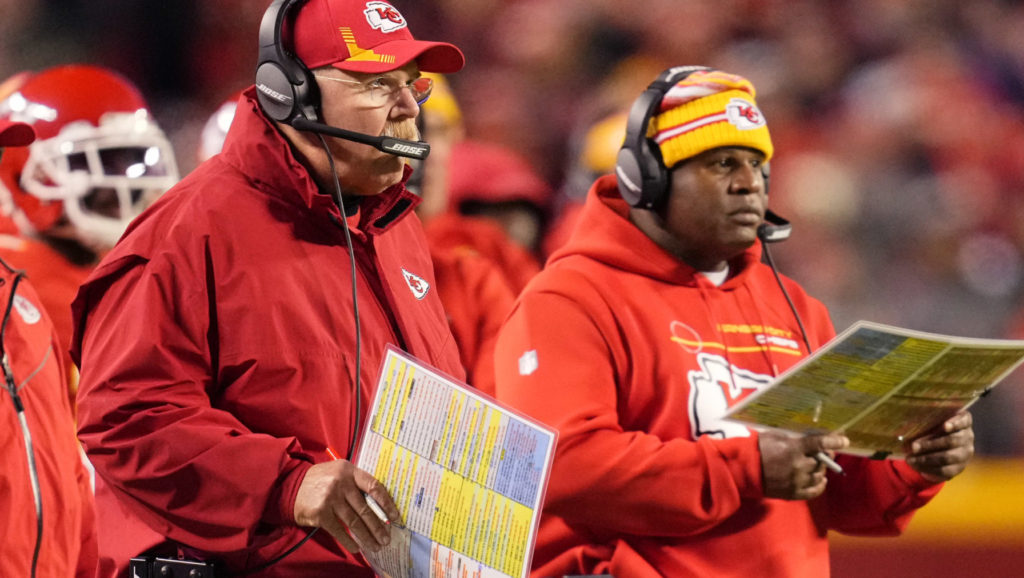
In a normal in-season week with a Sunday game, Tuesday is a huge day for the coaching staff. It's "game plan" day.
As an offensive play-caller for much of my career, there were some immediate criteria and considerations for building a game plan. I loved building these plans and hearing the staff's input and ideas. The challenge was bringing them together and communicating our goals and objectives to the players the following day.
I looked at game planning as a form of art. It was like painting a portrait during the five days of preparation before the game, with Tuesdays being the start of that process. By the end of the week, the coaching staff should have a clear and concise picture.
The style of the portrait depends on the defensive scouting report, defensive personnel evaluation, and the opponent's coordinator history.
In my opinion, five constants (priorities) generally remain the same in game-plan preparation.
1. Take care of the game-wreckers
2. Keep the QB safe and make sure he can complete a throwing motion
3. Do what you can to avoid throwing "hot"
4. Don't waste any plays
5. Encourage the quarterback to use his legs
Let's break it down.
1. Who Are the Opponent's Game-Wreckers?
The opponent's difference-makers have to be neutralized in some way. With each play call, the question is: are we fully committed to making sure the game-wreckers (best players) don't turn the game in the opponent's favor?
How we would format each run play, protect the quarterback and pass the ball depended on the location of the players in the framework of the opposing defense. Generally, each team has one to two players who would be labeled as game-wreckers.
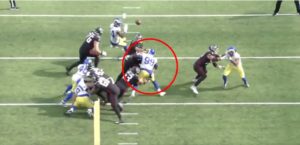
When the Cowboys take on the Rams on Sunday, coordinator Kellen Moore and the rest of Dallas' offensive staff must find a way to keep Aaron Donald (above) away from Cooper Rush.
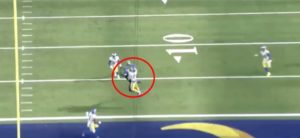
Donald isn't the Rams' only game-wrecker; teams must also account for three-time All-Pro cornerback Jalen Ramsey. On a key play in the fourth quarter of Week 2, Atlanta QB Marcus Mariota took his shot toward Ramsey, who closed out the Falcons with this interception (above).
2. Protection Plan Must Keep QB Safe
On the offensive side, the staff's priority is to ensure that the quarterback can complete a throwing motion and keep him clean – and safe – after the throw. Of course, this is almost impossible over 60 minutes of football.
Without the ability to complete a throwing motion, you have no passing game and consequently no offense. At a minimum, the quarterback must have a clean space in the pocket to deliver the ball. Early hits on the quarterback after he releases the ball can have negative residual effects on his mind and body as the game proceeds.
This ripple effect of hits on the quarterback is not limited to him. Hits on quarterbacks are so visible they affect the ebb and flow of emotions, morale and momentum in opposite ways for each team. If the quarterback can complete a throwing motion and live for the next play, his team has a chance. Here are some important criteria and considerations:
>> Keeping the QB safe is not just the offensive line's job; it is that of the running backs, tight ends, and sometimes even wide receivers. Pass protection is truly a combination of geometry, technique and physicality, as well as the quarterback's launch point, receivers' splits, and depths of routes.

When the Lions bring a linebacker (as shown above) from depth on Sunday, the Patriots running back responsible for pickup cannot "cut" in the hole. Doing so leaves the opportunity for the defender to get back up and hit the quarterback.
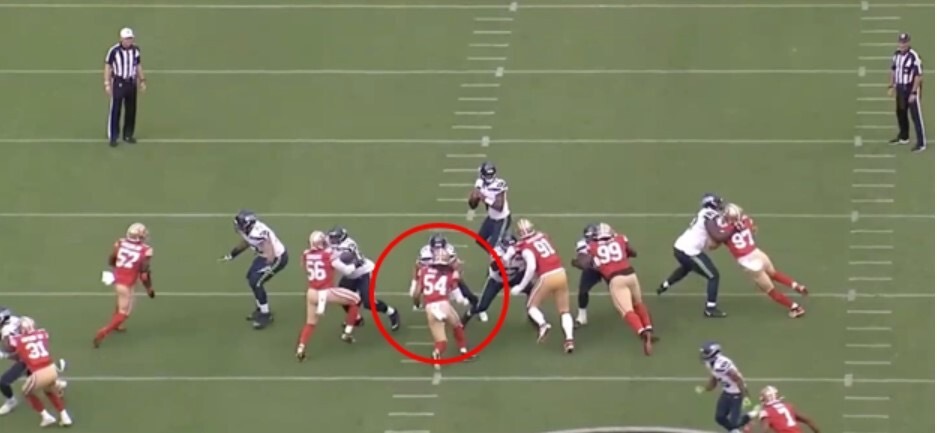
When the 49ers bring the heat on Sunday against the Panthers, RB Christian McCaffrey will be assigned in most cases to pick up San Francisco's LB Fred Warner. McCaffrey must meet Warner square on the line of scrimmage to stop the rush the way Seattle RB Travis Homer does in the image above.
This is called a six-man protection, with the offensive line taking the five most-dangerous defensive linemen, while the running back is assigned to the linebacker (No. 54) rushing from off the line of scrimmage.
>> The most crucial aspect of pass protection is to do everything possible as a coach to allow the offensive line to block the five most dangerous rushers, leaving the others to the running back, tight end, or in some cases, the quarterback.
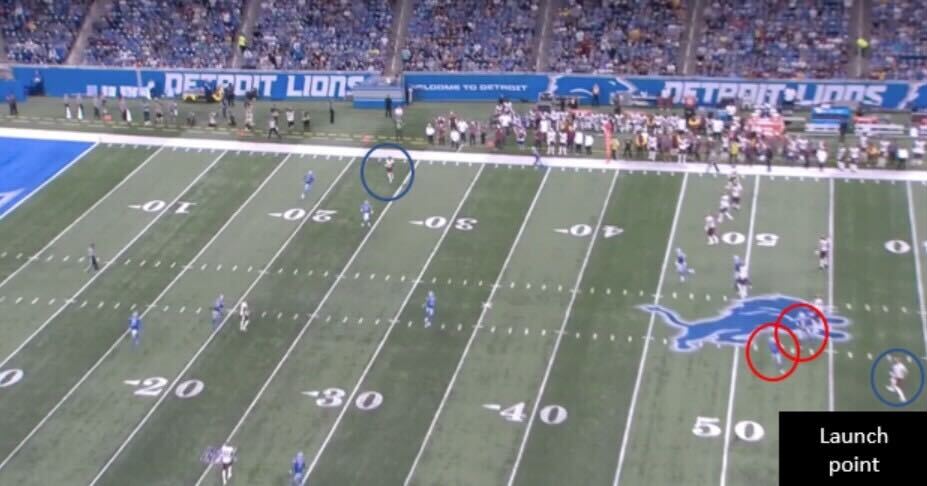 >> Changing the launch point is universally part of each team's protection plan so that the defense cannot solely focus on one spot (above).
>> Changing the launch point is universally part of each team's protection plan so that the defense cannot solely focus on one spot (above).
3. Prevent QB From Having to Throw It 'Hot'
"Hots" are when defenses bring more defenders than the offense can block. Game-planning to prevent throwing hot is one of the most essential elements of the offensive staff's preparation. It goes to the heart of protecting the quarterback and is the most challenging and, in my my experience, the most fun.
There are generally a few moments during the game when the quarterback faces more rushers than he has blockers. In these times, he must be prepared to quickly get the ball out of his hand to a pre-arranged hot receiver, which could be a running back, tight end or wide receiver. Offensive staffs work intensively to minimize or eliminate hots and thus protect the quarterback. Meanwhile, the defensive staff's job is to manufacture blitzes to beat protections and hit the quarterback. This is a continuous chess match that coordinators play throughout the game.
Offensive staffs spend hours watching tape to direct the offensive line (and possibly running backs and tight ends when necessary) on how to handle defenders rushing the quarterback.
One challenge is that quarterbacks do not like throwing hot into zone coverages. When defenses can unlock the protection package and force hots, especially with zone coverage behind, it becomes a quarterback's nightmare.
Decisions must be made quickly against blitzes with zone coverage behind them — often so fast that the quarterback can't see a defender in front of his hot receiver. Without question, protecting against hots is the most critical challenge of any week's game plan.

In the fourth quarter of Monday night's game versus the Vikings, Eagles defensive coordinator John Gannon brought a "plus-1" blitz. Gannon brought seven rushers, and the Vikings only had six to protect. This meant that even if the Vikings picked up six cleanly, Cousins was responsible for finding the hot receiver (above).
The Vikings' offensive line did an excellent job of picking up the five most dangerous defensive linemen. Dalvin Cook — as the sixth protector — had the responsibility of picking up T.J. Edwards. Cousins could feel the free rusher, Avonte Adams (No. 29), unblocked from the left, but the pattern did not have a hot to the right, and the only available hot receiver was running across the field looking for the ball. The Eagles' defense won this chess match.

Against the Raiders in Week 1, the Chargers broke Las Vegas' protection by forcing Derek Carr to throw hot against five rushers into zone coverage (above). This results from having to throw hot in a six-man protection versus five rushers into a three deep, three underneath zone coverage where the cornerback at the bottom of the screen was able to out-leverage the running back in the flat and hold the play to no gain (below).

This results from having to throw hot in a six-man protection versus five rushers (above). The cornerback was able to out-leverage the running back in the flat and hold the play to no gain.
4) No Wasted Plays
There are only a finite number of plays during a game, which is why this aspect of game-planning is so important. The quarterbacks coach needs to ensure that each play has an alternative (an answer) if it doesn't fit the defense.
The offensive staff wants the quarterback to go into the game knowing he has a legitimate and reasonable answer on every play, run or pass. They want him to have a solution to any problem the defense is giving the offense and the ability to fix it pre-snap — to change the play to run or pass, but also in the passing game to have the answer within the framework of the concept.
This mindset is critical for the offensive unit's preparation. Players want to believe that no matter what the call, the coaches have given them a play they can execute with positive results.
In the run game, it's the ability to adjust blocking schemes to account for the defense or change the play. All teams have different mechanics to deal with this issue while at the line of scrimmage.
In the passing game, it's having an answer to find the open man versus man-to-man, zone or blitz coverage, or getting to an optional play if necessary.
5) QB Must Be Encouraged to Use Legs
With all that goes into building the game plan, this is the one area where the coordinator will need help from his quarterback. Sometimes the quarterback has to find a way to extend the play, get out of the pocket and complete the pass or use his legs to make the first down. For game plans to be successful and drives to continue, at some point the quarterback must be able to make the play with his legs while living for the next down.

On Sunday in Phoenix, the Cardinals will not only have to deal with the Eagles' skill at tight end, wide receiver and running back, but they will have to defend against 11 on every down because of Hurts' ability to use his legs to extend a play and pick up yards on the ground (above).
In professional football, there are infinite ways to build a game plan. But the five steps outlined here are arguably universal to the final portrait every offensive staff in the NFL is trying to create.
WATCH MORE: Lions Offense is on Fire


